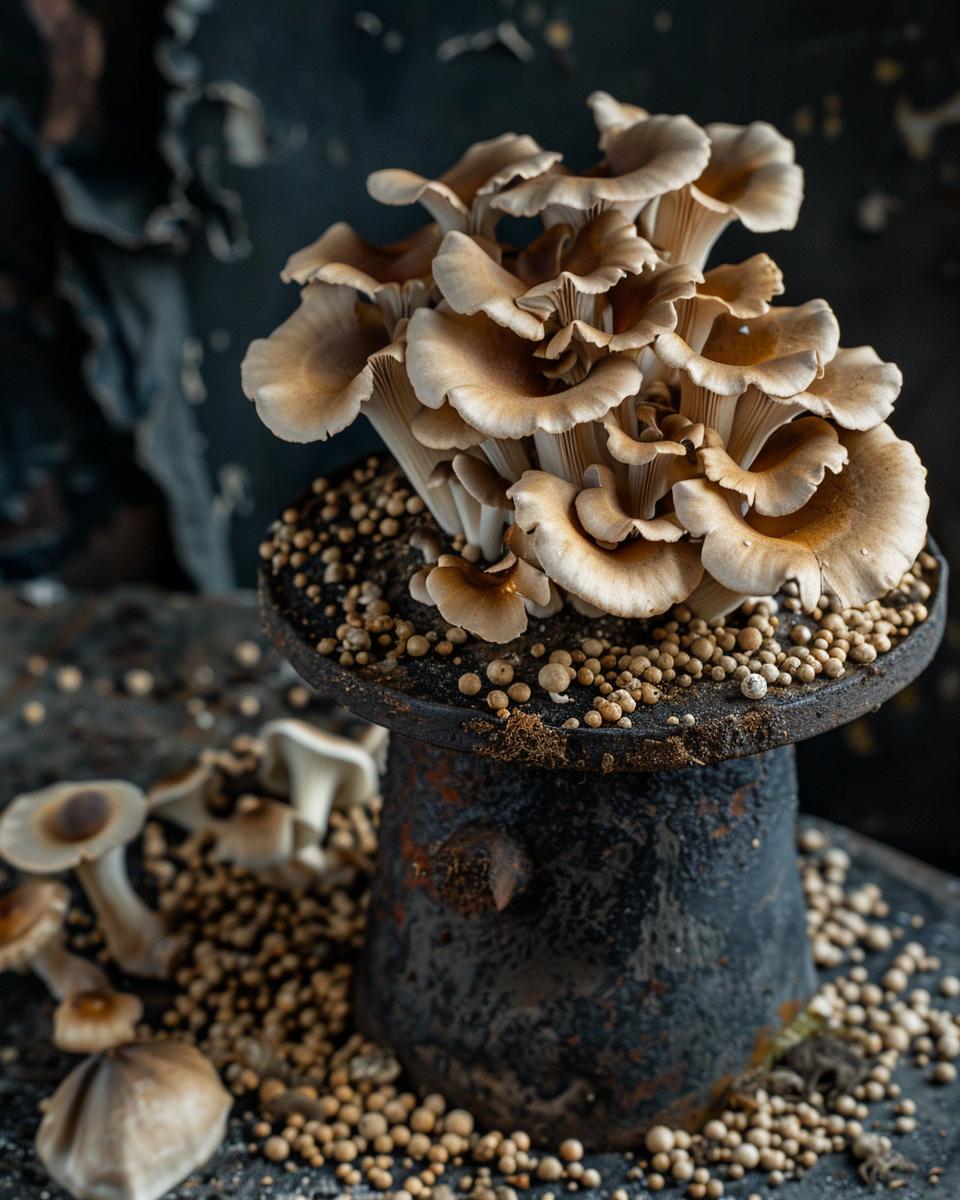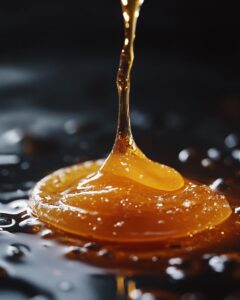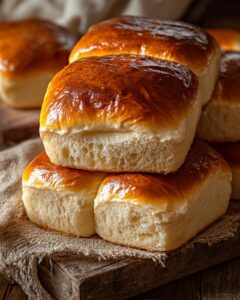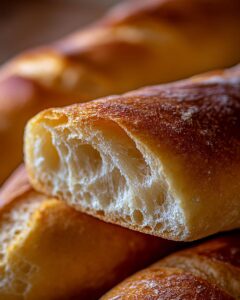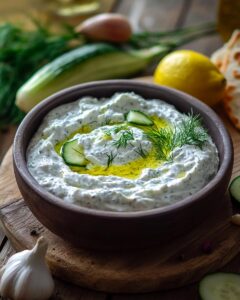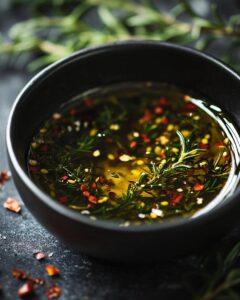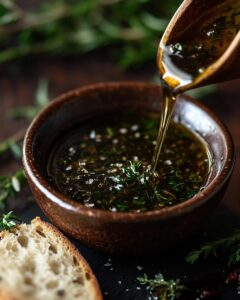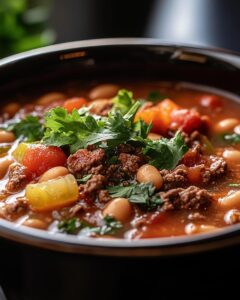Mushroom Substrate Psilocybe Recipe: Ultimate Guide to Growing Magic Mushrooms at Home
Have you ever wanted to grow your own magic mushrooms at home? Finding a reliable mushroom substrate psilocybe recipe can be the key to successful cultivation. With the right guidance, you can turn your home into a mini-mycology lab. But where do you start, and how can you ensure your efforts yield fruitful results?
In this recipe:
- Step-by-step guide to preparing your substrate
- Tips for optimal growth conditions
- How to maintain your cultivation for maximum yield
Moreover, if you’re curious about other types of mushroom cultivation, why not explore our guide on Is a Liquid Culture Recipe Easy to Follow? It’s a great starting point for beginners. Additionally, for those interested in culinary adventures, our Blue Oyster Mushroom Delight recipe offers an exquisite flavor you won’t want to miss.
So, let’s dive into the world of psilocybe cultivation. With patience, care, and a bit of mycological magic, you’ll be on your way to growing your very own psilocybe mushrooms right at home.
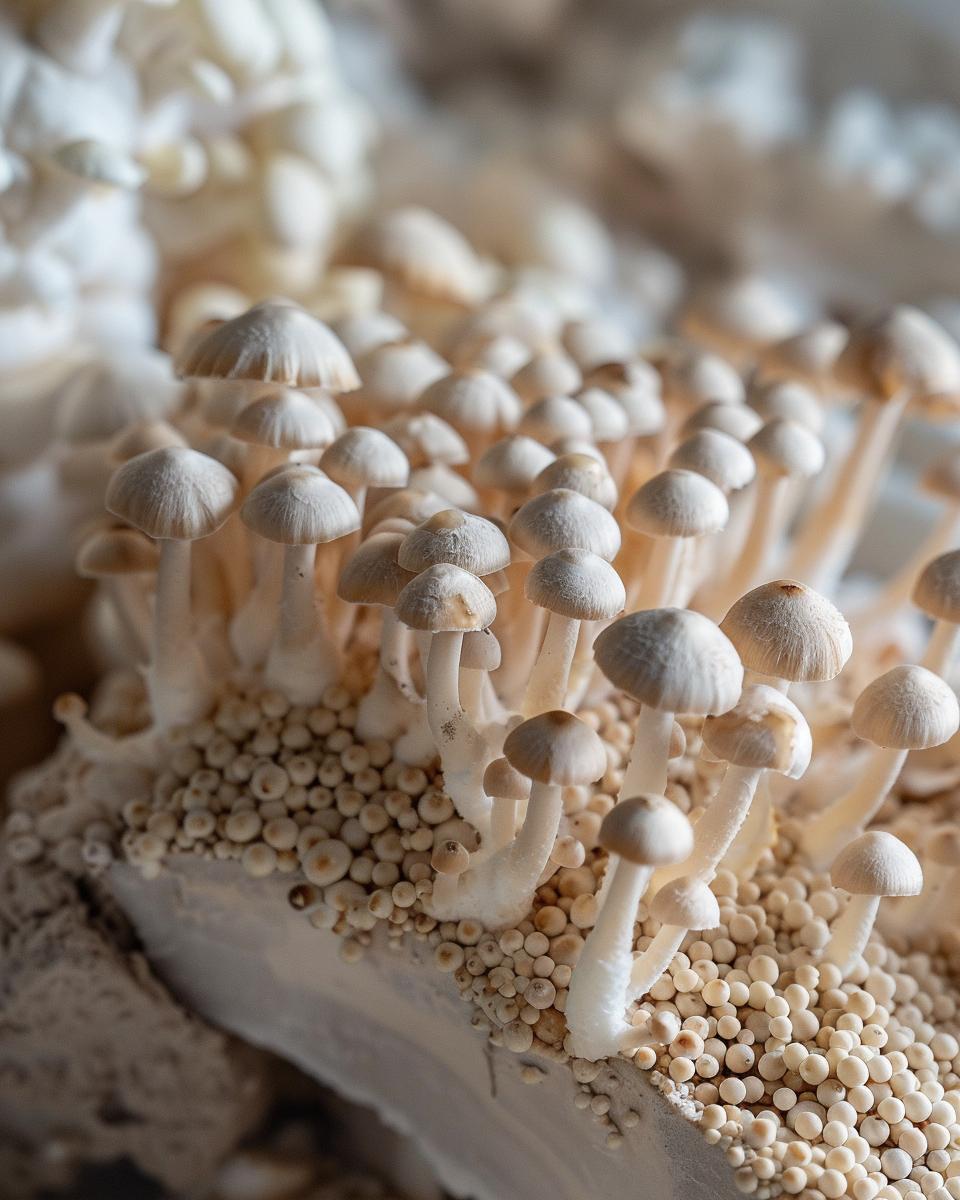
Preparation Essentials for Mushroom Substrate
So, you’re ready to take the plunge into mushroom cultivation. Congratulations! Whether you’re eyeing a mushroom substrate psilocybe recipe or considering DIY mushroom substrate for sale, knowing your starting point is crucial. But first, who can embark on this mycological journey? In essence, anyone with a keen interest and basic understanding of sterile techniques can start. However, preparing your substrate correctly is paramount to success.
Essential Equipment List
To kick off your mushroom cultivation journey, you’ll need:
- A pressure cooker for sterilization
- High-quality grain or substrate
- Spore syringes or culture jars
- Gloves and a mask for personal protection
- A clean, sterile workspace
Additionally, understanding how to sterilize mushroom substrate is a skill you’ll quickly need to master. Sterilization ensures your substrate is free from contaminants, providing a safe environment for your mushrooms to grow.
Before diving in, let’s touch on safety and legal considerations. Cultivating certain types of mushrooms, particularly psilocybin-containing varieties, is subject to strict regulations in many countries. Therefore, always confirm the legality in your area. Moreover, safety should be your top priority. Always use protective gear when handling substrates and cultures.
For those looking to explore further, finding a reliable mushroom substrate for sale can simplify the process. Yet, nothing beats the satisfaction of a successful DIY mushroom substrate batch. Ready to learn more? Dive into the detailed steps of preparing your bulk substrate at MyShrooms. With the right preparation and care, your mycological adventure is just beginning!
Ingredients for the Perfect Mushroom Substrate
Now that we’ve covered the minimal equipment needed, let’s dive into the heart of the matter: the ingredients. Choosing the right ingredients is crucial for the perfect outcome of your mushroom substrate recipe. But don’t worry, I’ve got you covered. Whether you’re a beginner or an experienced cultivator, understanding what goes into your substrate can make all the difference.
What You’ll Need for Success
Here’s a detailed list of ingredients you’ll need for making your mushroom substrate, along with the role each plays in the mix:
- Coco Coir: A staple in the coco coir mushroom substrate recipe, coco coir provides excellent moisture retention and aeration, creating an ideal environment for mushroom growth.
- Vermiculite: Often found in the vermiculite mushroom substrate recipe, this ingredient helps in moisture retention and aeration, similar to coco coir, but with added mineral content.
- Gypsum: A critical component in the CVG substrate recipe for mushroom, gypsum adds calcium and sulfur, which are beneficial for mushroom development.
Understanding the role of each ingredient helps in creating the perfect blend for your mushrooms. But what if you need to make a substitution? For instance, if coco coir is not available, peat moss can be a viable alternative, though it may slightly alter the pH of your substrate. Similarly, perlite can replace vermiculite for aeration, though the moisture retention will differ.
Each ingredient in the mushroom substrate ingredients list plays a vital role, and knowing how to substitute them effectively can keep your cultivation on track. Now, let’s get mixing and create the perfect home for your mushrooms to thrive!
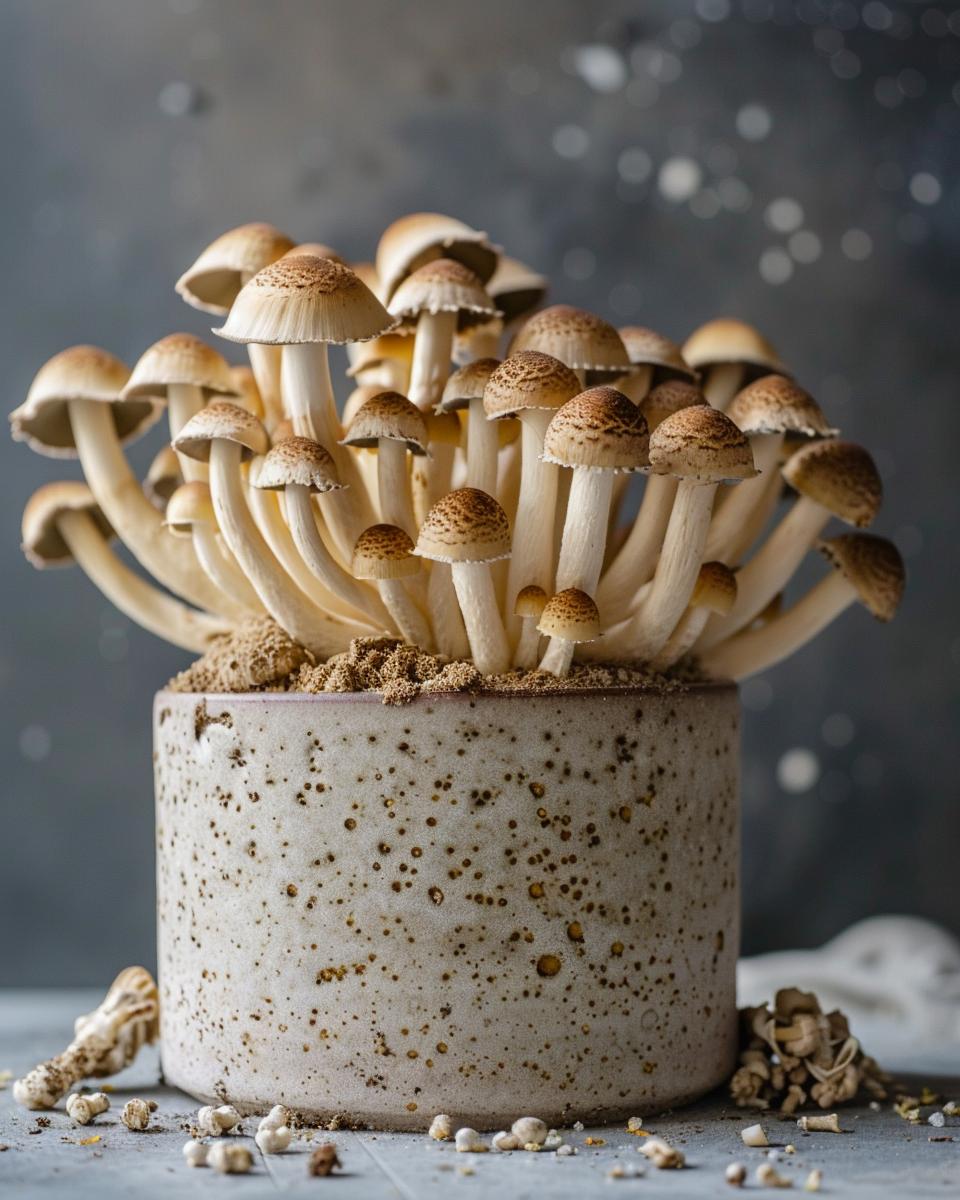
Step-by-Step Guide to Creating Mushroom Substrate
Now that we’ve got our ingredients ready, let’s dive into the exciting part: how to make the perfect mushroom substrate. Are you ready to get your hands a little dirty? Great, because this is where the magic begins. Follow these steps closely for the best results.
Mixing the Ingredients
First off, combine your bulk CVG substrate recipe ingredients thoroughly. If you’re aiming for the best cubensis substrate recipe, consistency is key. Ensure that the mixture is homogenous to provide an even nutrient base for your mushrooms. Wondering how much water to add? Aim for a consistency that feels like a well-wrung sponge—moist but not dripping.
Next, we need to discuss sterilization vs. pasteurization. Both are crucial, but they serve different purposes. Sterilization involves completely eliminating all microorganisms, which is often overkill for our purposes. Instead, we’ll focus on how to pasteurize mushroom substrate. Pasteurization kills harmful bacteria while preserving beneficial microbes, creating a balanced environment for your mushrooms to thrive.
To pasteurize, simply heat your substrate to 140-160°F (60-71°C) and maintain this temperature for 1-2 hours. You can use a large pot on the stove, checking the temperature regularly with a thermometer. Remember, even heat distribution is crucial, so stir occasionally.
Incubation: Creating the Perfect Environment
After pasteurization, allow your substrate to cool to room temperature before inoculating with your mushroom spores or mycelium. Then, it’s time for incubation. This step is all about providing optimal conditions for mushroom growth. Keep your inoculated substrate in a dark, humid place with temperatures between 75-80°F (24-27°C). Patience is key here; depending on the cubensis substrate recipe you’ve chosen, this could take several weeks.
And there you have it! By following these steps, you’re well on your way to growing your very own mushrooms. Remember, the journey might require some tweaks and adjustments, but the results are incredibly rewarding. Happy mushroom cultivating!
Serving and Storing Mushroom Substrate
Now that we’ve walked through the steps of making your very own mushroom substrate, let’s dive into how to properly serve and store it. Whether you’re a beginner or a seasoned pro, these tips will ensure your substrate is in the best condition for mushroom growth.
Mixing the Ingredients
First off, getting the mix right is crucial. For the best mushroom substrate recipe, it’s all about balance. A well-mixed substrate ensures even growth. So, did you make sure to evenly distribute all components? Remember, consistency is key, whether it’s for a homemade bulk substrate recipe for cubensis or an easy bulk substrate recipe for cubensis.
Next, let’s talk sterilization versus pasteurization. Both methods are essential in preparing your substrate, but they serve different purposes. Sterilization eliminates all microorganisms, ensuring a clean slate for your mushrooms. On the other hand, pasteurization reduces harmful bacteria while keeping beneficial organisms intact. Best practices suggest using sterilization for your mushroom bulk substrate recipe to avoid contamination.
Finally, incubation is where the magic happens. Creating optimal conditions for mushroom growth means maintaining the right temperature and humidity. But, have you thought about where to store your substrate during this crucial phase? A dark, warm spot usually does the trick. Just make sure to keep an eye on it, as conditions can change.
In conclusion, serving and storing your mushroom substrate might seem like a daunting task, but with these tips, you’re well on your way to success. Remember, the key to a great yield starts with the care you put into preparing your substrate. Happy mushroom growing!
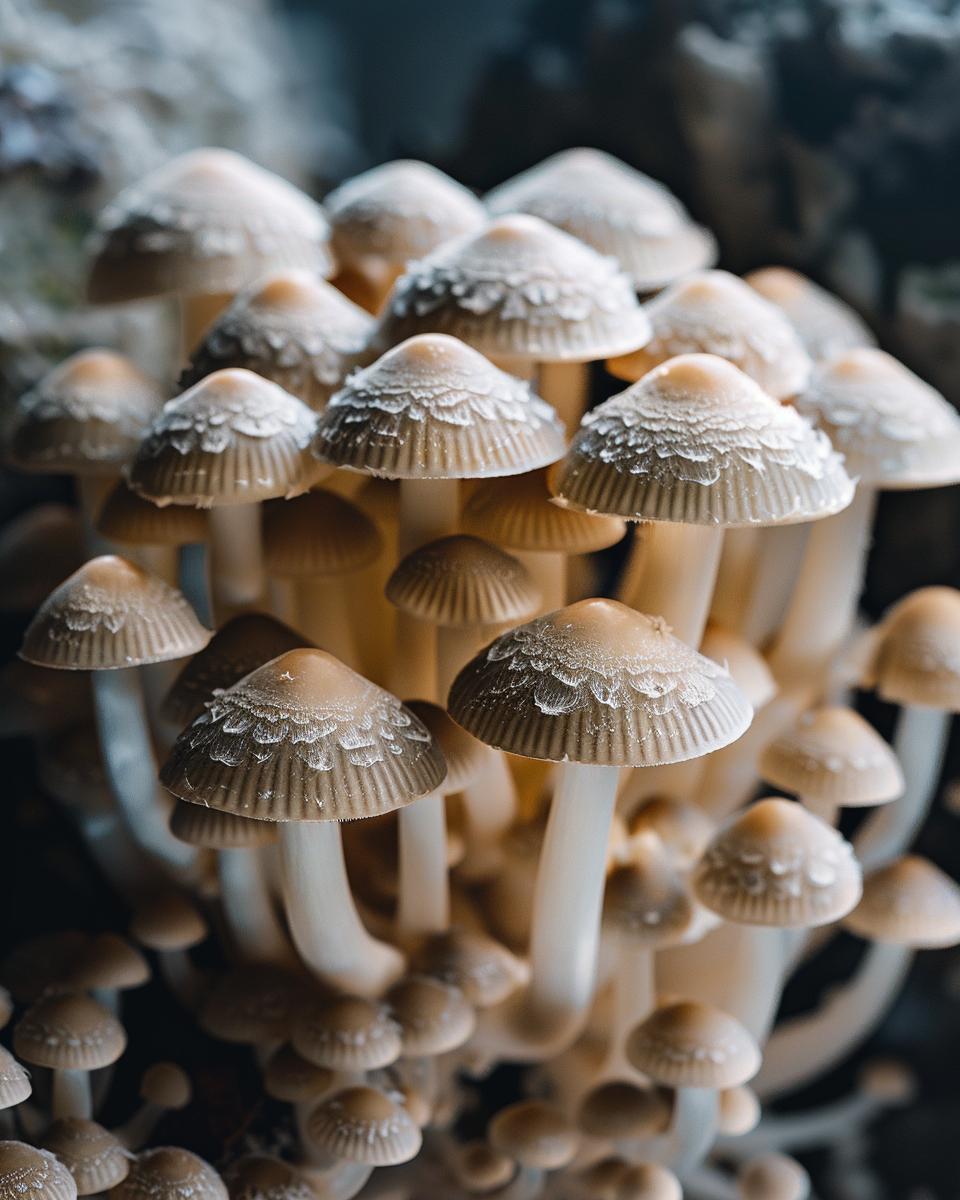
Pro Tip: Mastering Your Mushroom Substrate Psilocybe Recipe
- Firstly, ensure you have all necessary equipment for the process.
- Secondly, select high-quality ingredients for better yields.
- Moreover, sterilize your substrate to prevent contamination.
- Additionally, maintain optimal moisture levels for growth.
- Furthermore, consider the pH level; mushrooms prefer slightly acidic environments.
- Also, experiment with ingredient ratios to find the perfect mix.
- Finally, store your substrate in a cool, dark place until use.
FAQs: Optimizing Your Mushroom Substrate
After diving into our pro tips, let’s tackle some of the most common questions you might have about crafting the perfect mushroom substrate recipe. Whether you’re a beginner or looking to refine your technique, these insights will help you achieve the best results.
Substrate Recipe Questions
1. Can I replace one ingredient with another? What are the effects?
Yes, you can often substitute ingredients in your substrate recipe, but it’s crucial to understand the potential impacts. For example, replacing straw with sawdust might increase your substrate’s water retention, affecting the mushroom’s growth rate. Always consider the nutritional content and physical properties of substitutes to maintain the balance between moisture and aeration.
2. Money-saving tips for sourcing substrate ingredients?
To save money, look for local agricultural by-products. Many farmers are happy to sell or even give away straw, wood chips, or manure. Buying in bulk can also reduce costs significantly. Remember, the best mushroom bulk substrate recipe doesn’t have to be expensive, just nutrient-rich and well-balanced.
3. Enhancing mushroom yield: Tips and tricks?
For boosting your yield, consider adding fertilizer to your mushroom substrate with caution. A balanced nitrogen source can promote growth, but too much can hinder it. Additionally, experimenting with different substrates for mushroom cultivation can reveal what works best for your specific mushroom species. Remember, optimizing conditions like temperature and humidity alongside your substrate can significantly increase oyster mushroom yield.

